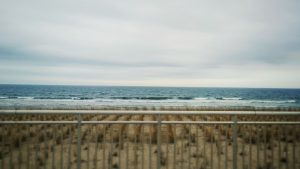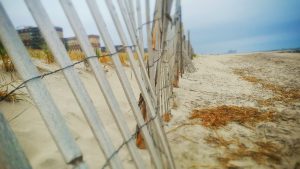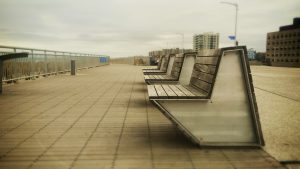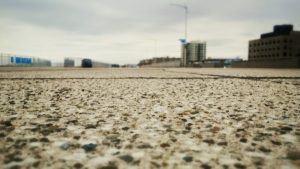Along Fulton street is the seemingly never-ending string of stores. From jewelry and clothes to fast food and phone carriers; this place has everything you could ever need in a mall but I always tend to ask myself “is it really a mall?” it didn’t look like a the average American mall that we all saw portrayed on television. It also didn’t look like an outlet mall either; since I always had this connotation that a mall should be more cohesive but detached from everywhere else, like it was proving its exclusivity to its customers. Fulton Mall was different, like the term “mall” was born and raised there due to popular demand. There was something so natural and beautiful about it, similar to the beauty of an overgrown tree wrapping itself onto the side of a building. I still get goosebumps whenever I go to Fulton Mall; partly because of how powerful and overwhelming it can feel and it also reminds me of back-to-school shopping.
I have spent countless hours at the old mall in my childhood, toting around my mother’s shopping bags, quietly sighing to myself because she had said the “…. Just one more store.” line three too many times. Exhausted and bored, I never stopped to fully analyze all that the dreaded mall was; all I knew was how badly I wanted to go home and forget the preparation for the imminent and brooding fall semester.
The name Fulton derives from a man named Robert Fulton who was responsible for creating the steamboat in 1814. He pioneered such a great connection between Manhattan and Brooklyn long before any bridges were in place. The long street of Fulton became known to many, due to the steamboat connection and is the main reason why there is a Fulton street in both Brooklyn and Manhattan.
Similar to a previous post on Union Square, by 1900 Fulton Mall had become a popular shopping hub for New York City, gaining foot traffic like the stores and boutiques in Manhattan.
There is now 130+ shops along the Fulton Mall strip. Storefronts and even more stores above; the small shops brave all types of financial storms just to please their customers.
Beautifully growing and everlastingly changing, Fulton mall has the transportation hub and mass of Times Square and Union Square but also obtains those deep cultured roots of Brooklyn.

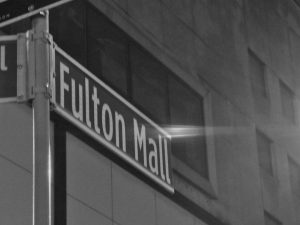
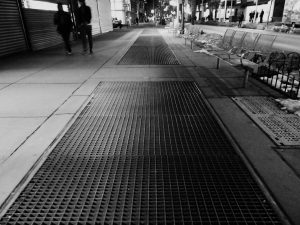
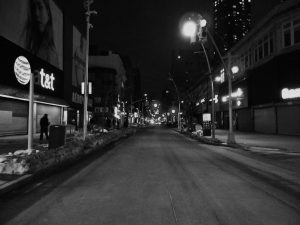
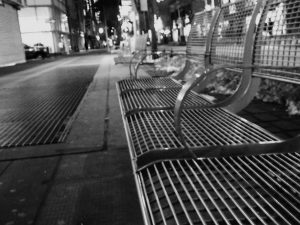
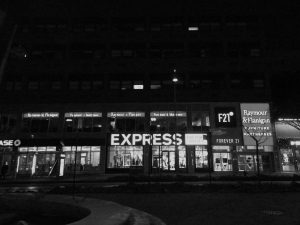


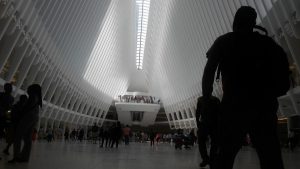

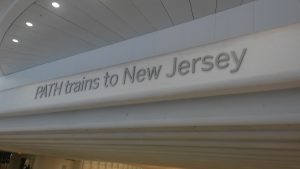
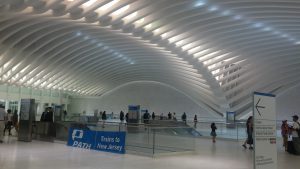
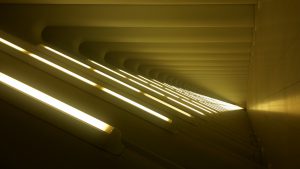
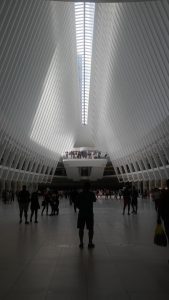
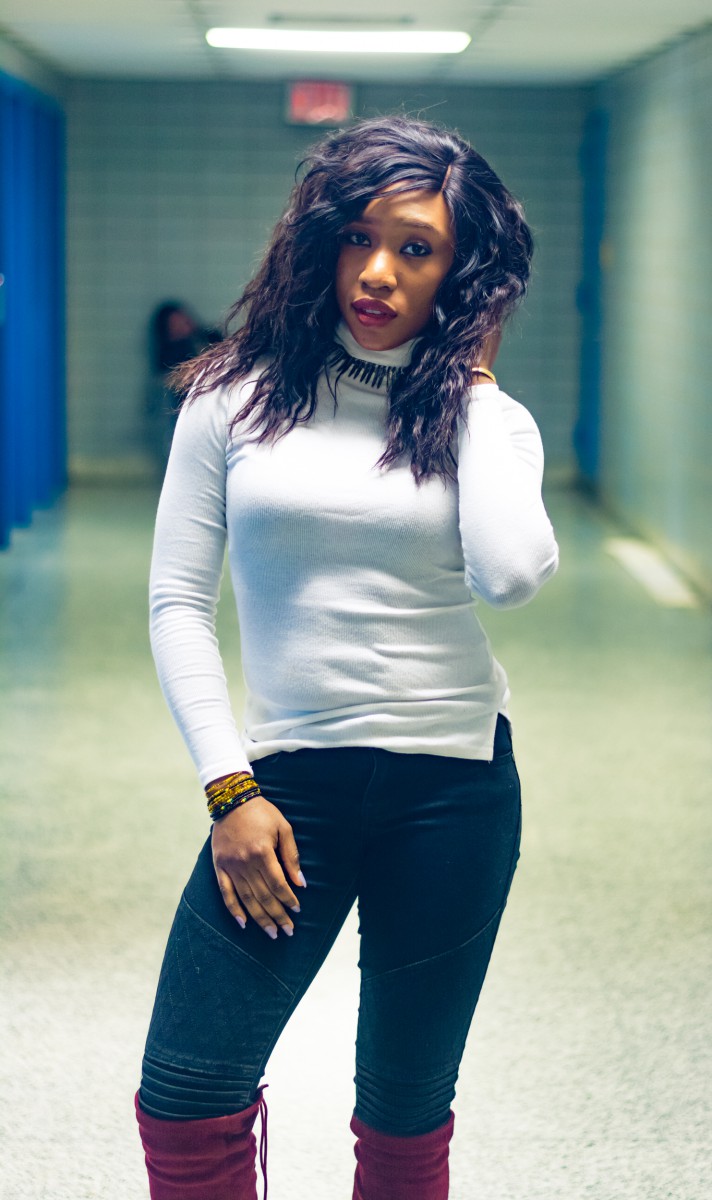

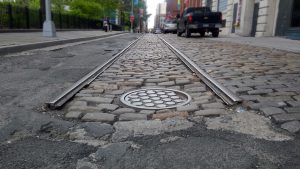

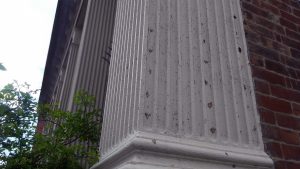
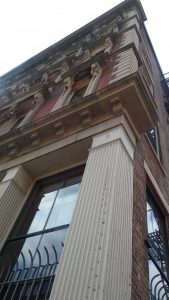
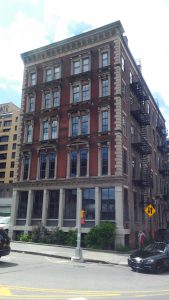
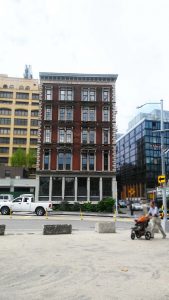
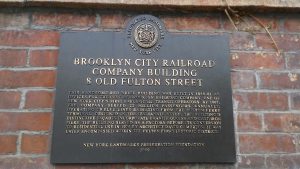
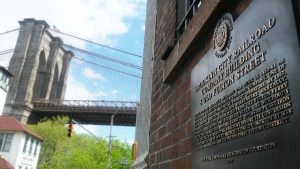
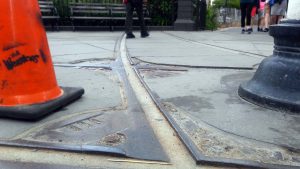
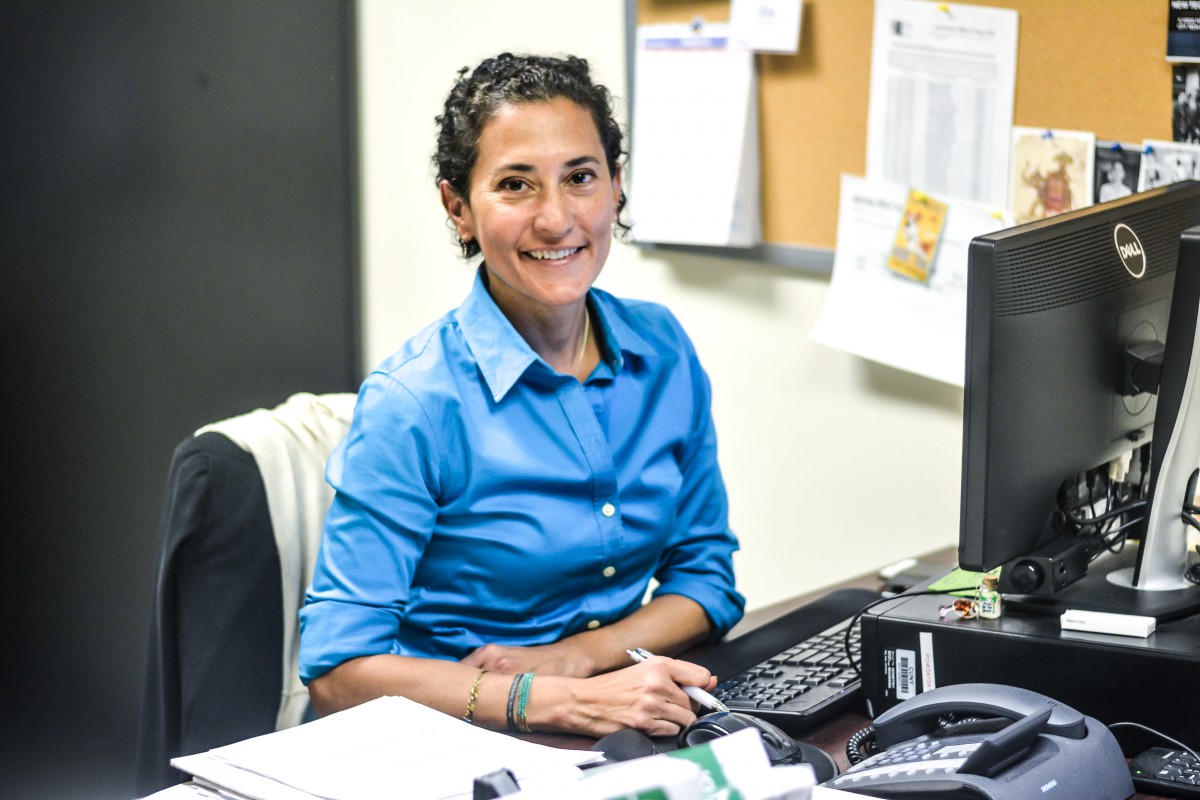 Ilia Silva
Ilia Silva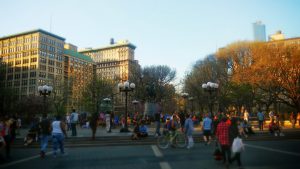

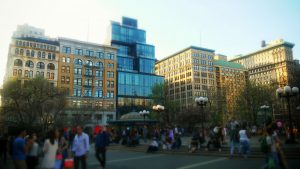


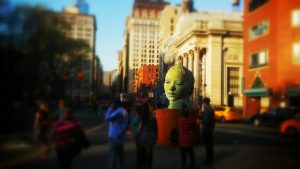
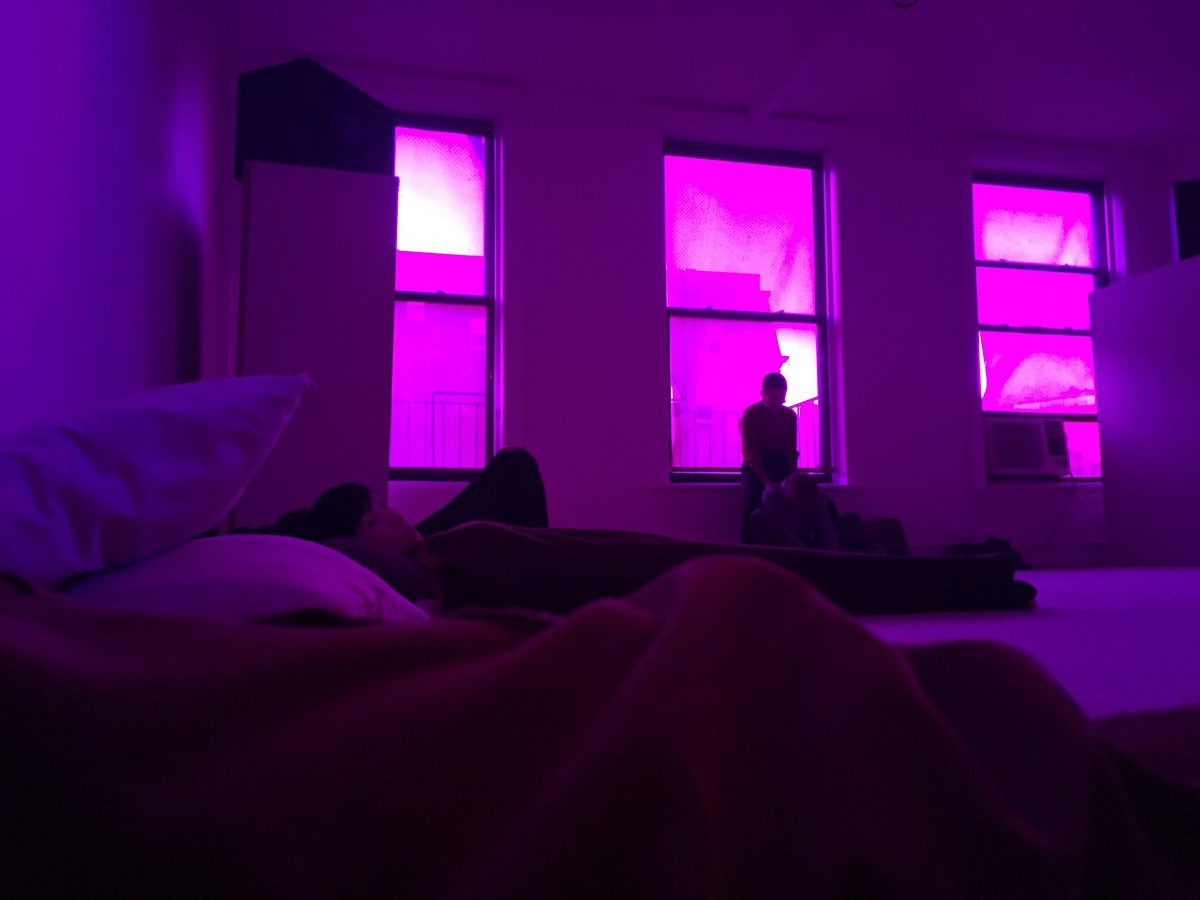
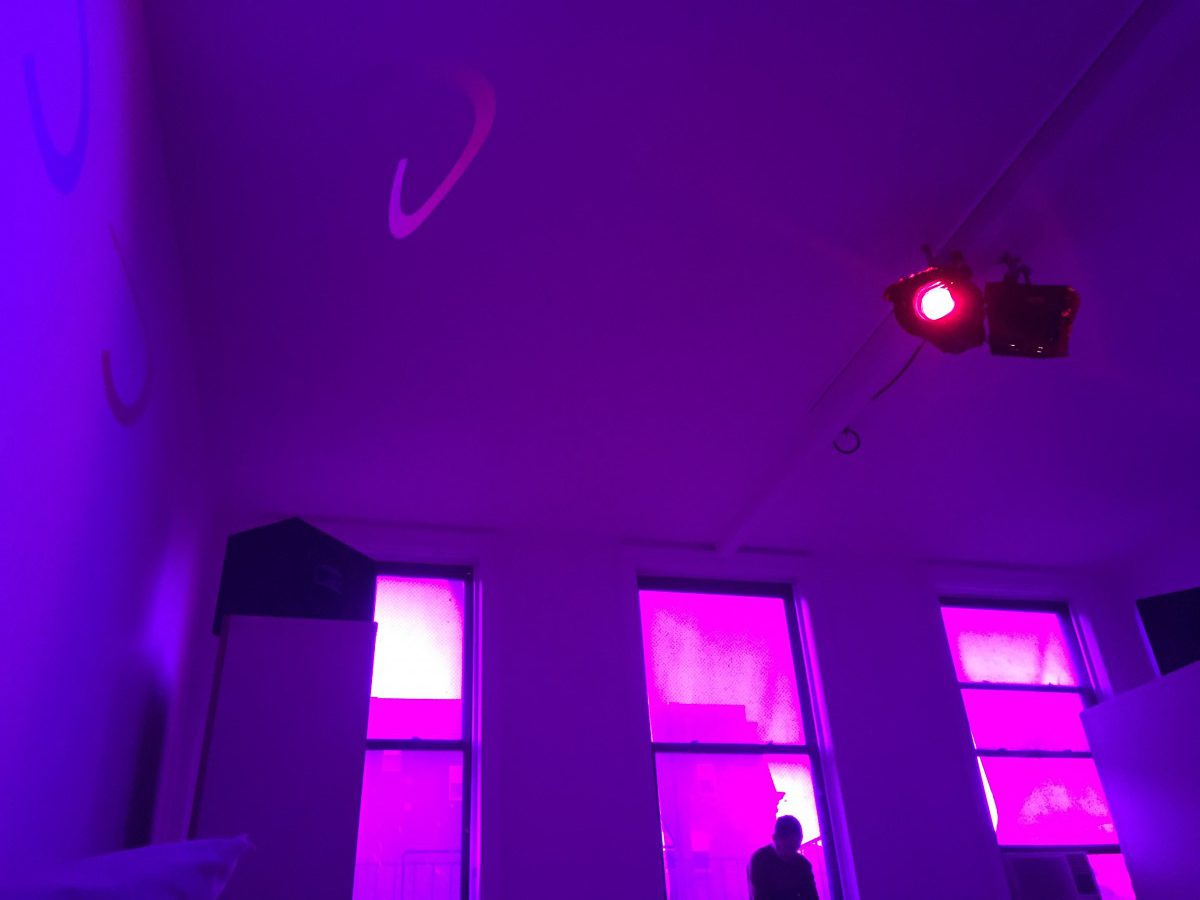
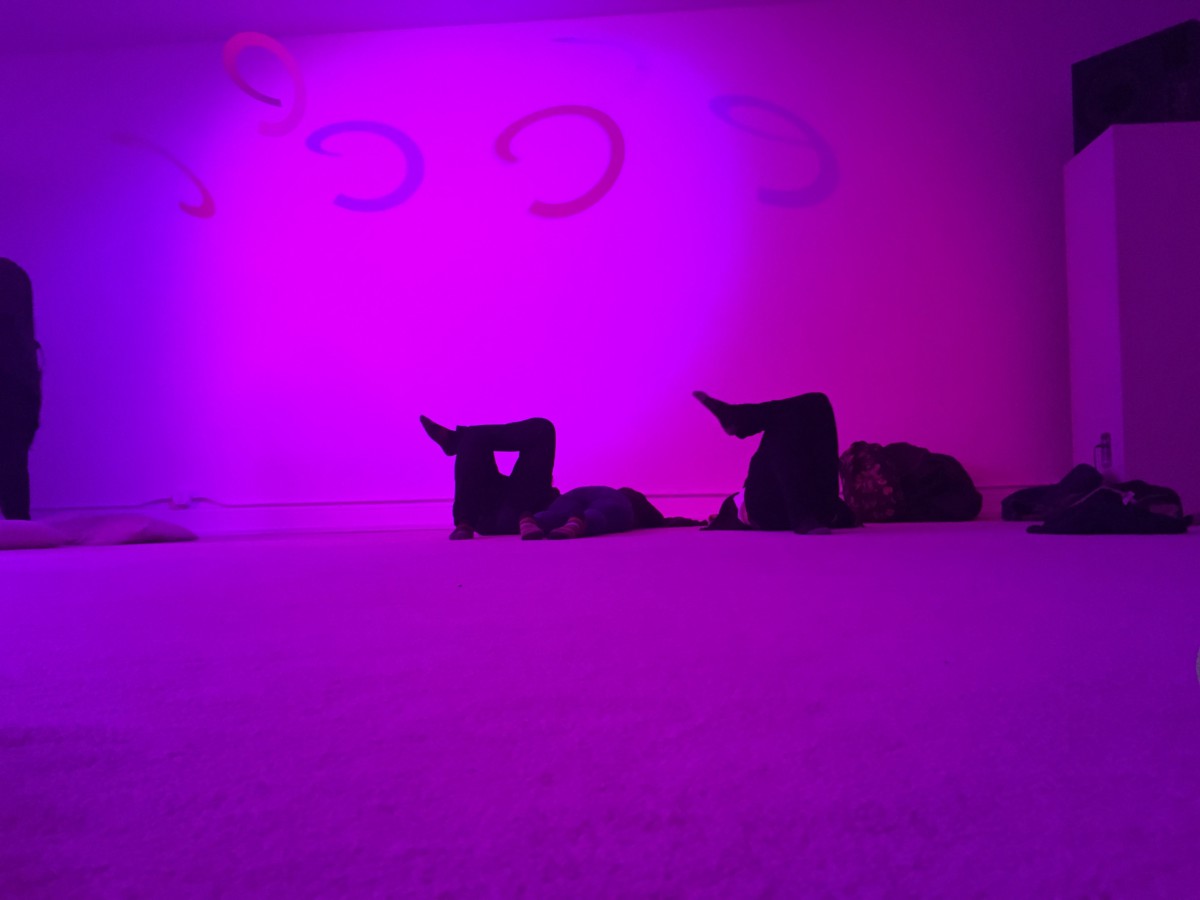
 Elsabeth Maximin
Elsabeth Maximin
